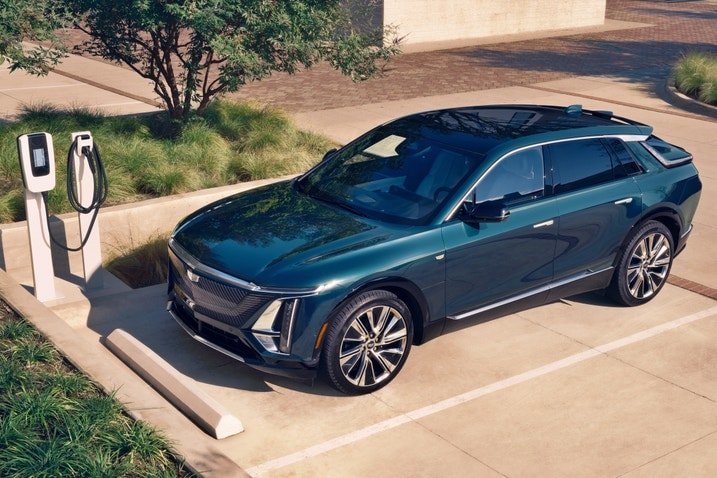Federal EV tax credits in 2024 top out at $7,500 if you're buying a new car and $4,000 if you're buying a used car, while the bank or the automaker's finance company can take a $7,500 tax credit for EV leases but may discount your lease accordingly. If you want to skip the fine print, click here to jump straight to the full list of cars that qualify for an EV tax credit. Otherwise, let's take a quick look at the key rules for each scenario — buying new, buying used and leasing — and then dig into the details.
Editor's note: President Donald Trump signed an executive order on January 20, 2025, with the aim of eliminating "the 'electric vehicle (EV) mandate.'" As of this writing, the federal electric vehicle tax credit remains in effect. We will update this article as more information becomes available.
If you're buying a new EV or PHEV (plug-in hybrid), the "final assembly" of the vehicle must have occurred in North America to unlock any tax credits. If it passes that test, now you're looking at two $3,750 electric car tax credits that add up to $7,500 if you meet all the criteria. To get the first $3,750 credit, a certain percentage of the car's critical battery minerals must have been sourced from the U.S. or from any country that has a free-trade agreement with the U.S. The other $3,750 credit requires that a certain percentage of battery components were manufactured or assembled in the same roster of countries. There are also significant eligibility caps on both the manufacturer's suggested retail price of the vehicle — $55,000 for cars; $80,000 for SUVs, trucks and vans — and the income of the buyer, which is subject to limits between $150,000 and $300,000, depending on tax filing status. If either figure is too high, you won't qualify for any federal EV tax credits.
If you're buying a used EV or PHEV, you don't have to worry about where the car was assembled or where its battery bits came from. The income caps are significantly lower, however, ranging from $75,000 to $150,000, while the car itself must be at least two years old and cost no more than $25,000. You also have to buy it from a dealer, not a private party. Check all the boxes, and you can get a tax credit of up to $4,000, though there's a sliding scale for cheaper used EVs, which we'll explain below.
What about leasing a new EV or PHEV? As of this writing, there's a legislative loophole that lets the originator of the lease (typically the automaker's finance division) take the full $7,500 tax credit for a leased EV, irrespective of the final assembly, battery sourcing and vehicle pricing requirements. It's up to each automaker to decide whether to pass these savings along in the form of more affordable leases, but keep in mind that you might get a hefty discount on a leased EV thanks to this loophole. That's true even if your income would disqualify you from getting the tax credit on a purchased EV — since you're not the one getting the tax credit in this case, your income is irrelevant.
Jump to:
Which new vehicles qualify for the federal EV tax credit?
How to qualify for the used EV tax credit
Electric vehicle tax credit for leasing
How to qualify for the full $7,500 federal electric vehicle tax credit
What's changed for 2025?
How do I claim the electric vehicle tax credit?
Qualifying models for electric vehicle tax credit, purchased in 2024
VIDEO: EV Tax Credits: Everything You Need to Know
FAQs

